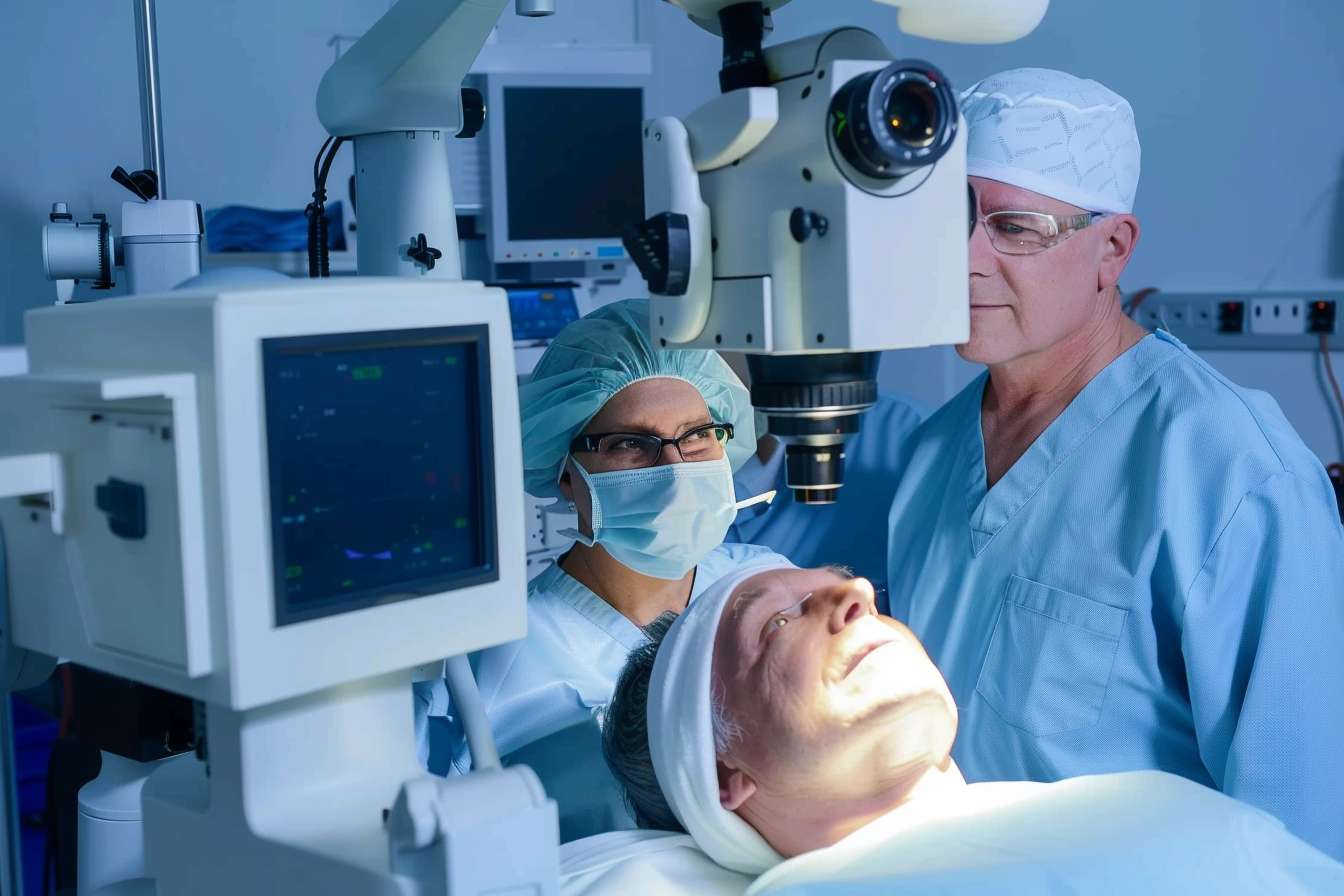Ultrasonic Fat Reduction: Your Ultimate Guide to Body Contouring in Belgium
Discover how ultrasonic fat reduction transforms body contouring with advanced European technology. Explore treatment processes, target areas, session requirements, and comprehensive cost considerations for achieving optimal results.Ultrasonic fat reduction represents a revolutionary approach to body contouring that has gained significant popularity across European aesthetic clinics.

What Makes Ultrasonic Fat Reduction Different from Traditional Methods?
Ultrasonic fat reduction utilizes high-intensity focused ultrasound (HIFU) technology to target fat cells beneath the skin surface without affecting surrounding tissues. The procedure works by delivering precise ultrasonic energy to specific depths, causing fat cells to break down through a process called cavitation. Unlike surgical liposuction, this method requires no incisions, anesthesia, or recovery time, making it an attractive option for busy professionals and individuals seeking belly fat removal without surgery.
The technology selectively targets fat cells while preserving important structures like blood vessels, nerves, and connective tissue. This precision allows practitioners to contour specific body areas with remarkable accuracy, creating natural-looking results that develop gradually over several weeks following treatment.
Which Body Areas Respond Best to Ultrasonic Treatment?
Ultrasonic fat reduction proves most effective on localized fat deposits that resist diet and exercise efforts. Common treatment areas include the abdomen, flanks, thighs, arms, and back. The abdominal region, particularly the lower belly area, shows excellent results due to the concentrated nature of visceral fat in this zone.
Treatment areas must have sufficient fat thickness to ensure optimal ultrasound penetration and effectiveness. During consultation, practitioners assess skin elasticity, fat distribution, and individual anatomy to determine suitability for ultrasonic treatment. Areas with good skin tone typically achieve better contouring results, as the skin can adapt more effectively to reduced fat volume.
How Many Sessions Does Ultrasonic Fat Reduction Require?
Most individuals require between 1-3 treatment sessions to achieve desired results, depending on the treatment area size and fat thickness. Sessions are typically spaced 4-6 weeks apart to allow the body time to process destroyed fat cells naturally. Each session lasts approximately 30-90 minutes, varying based on the number of areas treated simultaneously.
Results become visible after 2-3 weeks, with optimal outcomes appearing 2-3 months post-treatment. The body continues eliminating destroyed fat cells through natural metabolic processes, creating gradual improvement over time. Some individuals may benefit from additional maintenance sessions annually to preserve results.
What Should You Expect During and After Treatment?
Ultrasonic fat reduction sessions involve minimal discomfort, with most patients describing sensations ranging from mild warmth to gentle tingling. Practitioners apply ultrasound gel to the treatment area before using specialized handpieces to deliver targeted energy. The procedure requires no downtime, allowing immediate return to regular activities.
Common post-treatment effects include mild redness, swelling, or tenderness in treated areas, typically resolving within 24-48 hours. Staying hydrated and maintaining light physical activity helps optimize fat elimination processes. Results develop gradually, with significant improvement visible after 8-12 weeks.
Why Is Belgium Leading European Body Contouring Innovation?
Belgium’s aesthetic medicine sector has embraced cutting-edge ultrasonic technology, with major cities like Brussels, Antwerp, and Ghent hosting internationally recognized clinics. The country’s strategic location within Europe facilitates access to latest technological innovations and training programs for medical professionals. Belgian practitioners often combine ultrasonic treatments with complementary therapies like radiofrequency or lymphatic drainage for enhanced results.
The Belgian healthcare system’s emphasis on quality standards ensures rigorous practitioner certification and equipment maintenance protocols. Many clinics offer multilingual services, accommodating the country’s diverse international population and medical tourists seeking advanced body contouring treatments.
Treatment Costs and Provider Options in Belgium
Ultrasonic fat reduction pricing in Belgium varies significantly based on treatment areas, session requirements, and clinic location. Urban centers typically command higher prices due to operational costs and practitioner expertise levels.
| Treatment Area | Average Cost per Session | Number of Sessions | Total Investment Range |
|---|---|---|---|
| Abdomen (Full) | €800-1,200 | 2-3 sessions | €1,600-3,600 |
| Flanks (Love Handles) | €600-900 | 1-2 sessions | €600-1,800 |
| Thighs (Per Leg) | €700-1,000 | 2-3 sessions | €1,400-3,000 |
| Arms (Both) | €500-800 | 1-2 sessions | €500-1,600 |
Prices, rates, or cost estimates mentioned in this article are based on the latest available information but may change over time. Independent research is advised before making financial decisions.
Treatment packages often include consultation fees, follow-up appointments, and complementary services like nutritional guidance or lymphatic massage. Many clinics offer financing options or seasonal promotions to make treatments more accessible. When seeking fat removal local services, comparing multiple providers ensures optimal value and treatment quality.
Ultrasonic fat reduction continues revolutionizing body contouring approaches across Belgium, offering effective alternatives to surgical procedures. The technology’s precision, safety profile, and minimal downtime make it suitable for various lifestyles and aesthetic goals. As treatment accessibility expands and costs become more competitive, ultrasonic fat reduction represents a viable solution for individuals seeking targeted fat elimination and improved body confidence.
This article is for informational purposes only and should not be considered medical advice. Please consult a qualified healthcare professional for personalized guidance and treatment.



